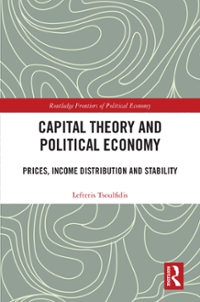Question
In October of every year, Walmart's national sales director knows the calls are coming for his holiday forecasts. This year, the firm's holiday performance is
In October of every year, Walmart's national sales director knows the calls are coming for his holiday
forecasts. This year, the firm's holiday performance is especially important, after disappointing sales
to date.
While the director has no problem expressing his hope for strong holiday sales, investors and reporters
as well as local managers
are seeking a prediction that has evidence to back it. Consequently, he turns
to his analytics department, which has been collecting wide swaths of data for Walmart over many
years across the 381 metropolitan statistical areas (MSAs) in the United States. Some variables of
particular interest include holiday sales, average prices, and consumer confidence. Using these data,
the analysts arrive at the following equation, designed to predict Holiday Sales (measured as
revenues):
In (Holiday Sales) = 25.8 - 0.8(Price) + 0.9(Consumer Confidence)
The director notes that most MSAs saw a decrease in consumer confidence of approximately 4
percent. Based on this information, does the evidence support optimism for holiday sales if prices
remain unchanged? Could a change in price help to bolster revenues?
- Explain your thoughts, supported by facts based on the information you learned throughout the term.
- Your answers must be comprehensive in nature.
- Conclude by separating the strategies you mentioned into the two separate categories of supply and demand. Then state which strategy would be the best, in your opinion, to reduce the impact of a shortage, and why.
Step by Step Solution
There are 3 Steps involved in it
Step: 1

Get Instant Access to Expert-Tailored Solutions
See step-by-step solutions with expert insights and AI powered tools for academic success
Step: 2

Step: 3

Ace Your Homework with AI
Get the answers you need in no time with our AI-driven, step-by-step assistance
Get Started


